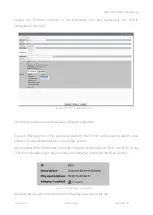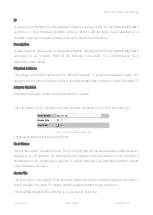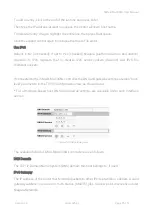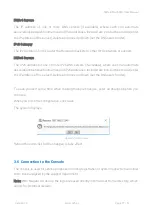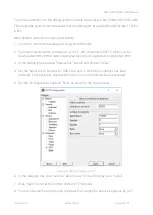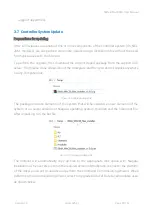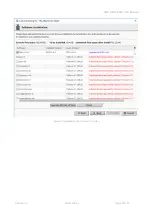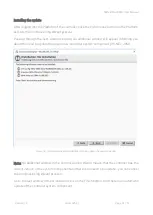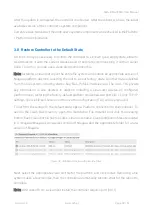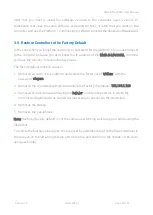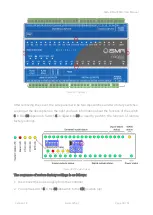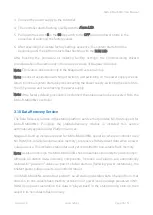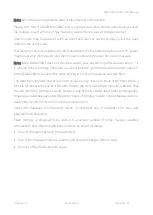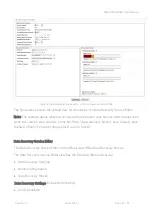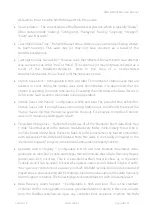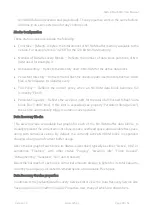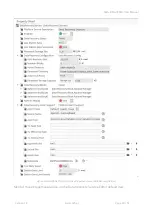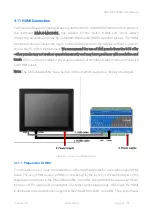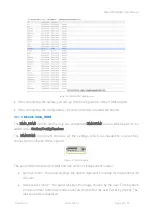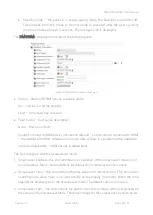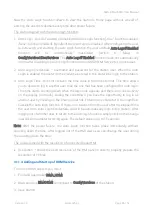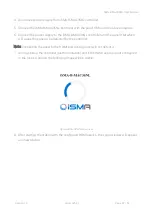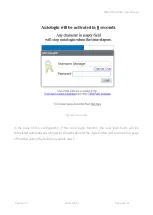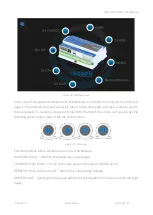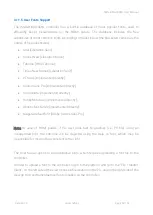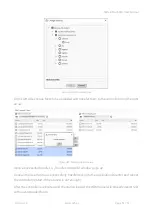
iSMA-B-MAC36NL User Manual
Version 1.4
www.gc5.pl
Page 38 / 51
Defaults to true, to enable NV-RAM support via this service.
•
Service Status – The current status of the DataRecoveryService, which is typically “Ready”.
Other states include “Starting”, “Configuring”, “Replaying”, “Saving”, “Stopping”, “Stopped”,
“Fault” and “Unknown”.
•
Last Station Save Time – Reflects the last time a station save occurred (config.bog written
to flash memory). This save may (or may not) have occurred as a result of the
DataRecoveryService.
•
Last Station Save Successful – Boolean value that reflects if the last station save attempt
was successful, as either “true” or “false”. This save may (or may not) have occurred as a
result of the DataRecoveryService. Note in the case of a newly-created
DataRecoveryService, this is “false” until the next save occurs.
•
Station Save Limit – Configurable in N4.6 and later. The number of station saves that are
allowed to occur during the Station Save Limit Period before it is determined that the
station is spending too much time saving. Exceeding the limit throws the Data Recovery
Service into fault since too much data is being generated.
•
Station Save Limit Period – Configurable in N4.6 and later. The period of time defined for
Station Save Limit. If enough saves occur during Station Save Limit Period to exceed the
Station Save Limit then the service goes into the fault. For example, more than 5 station
saves in 3 minutes period triggers a fault.
•
Persistent Storage Size – Reflects the total size of all the “flushed to flash” data block files
(“.drdb” files) that exist in the station’s /dataRecovery folder, in kB. Initially, this will be 0,
until the first NV-RAM block flushes to flash. It will then increment by that kB amount for
each subsequent NV-RAM block flushed. Note this value is continually compared to the
“Persistent Capacity” property in the Blocks Configuration property section.
•
Generate Alert On Replay – Configurable in N4.6 and later. Boolean (true/false) value,
generates an alert (low priority alarm type) that will indicate that a Data Recovery Replay
(power was lost) occurred. This is a persistent artifact that will show up in the alarm
console since it can be useful to know when power loss occurred. Default is false. If set to
true, upon any controller boot sequence in which NV-RAM recorded data is discovered and
played back, a corresponding alert is routed to the Alarm Class named in the Data Recovery
Alarm Support container. The following figure shows details for such an example alert.
•
Data Recovery Alarm Support – Configurable in N4.6 and later. This is the standard
container slot for routing platform service-generated alarms or alerts; in this case, an alert
from the DataRecoveryService upon any controller boot sequence in which NV-RAM

